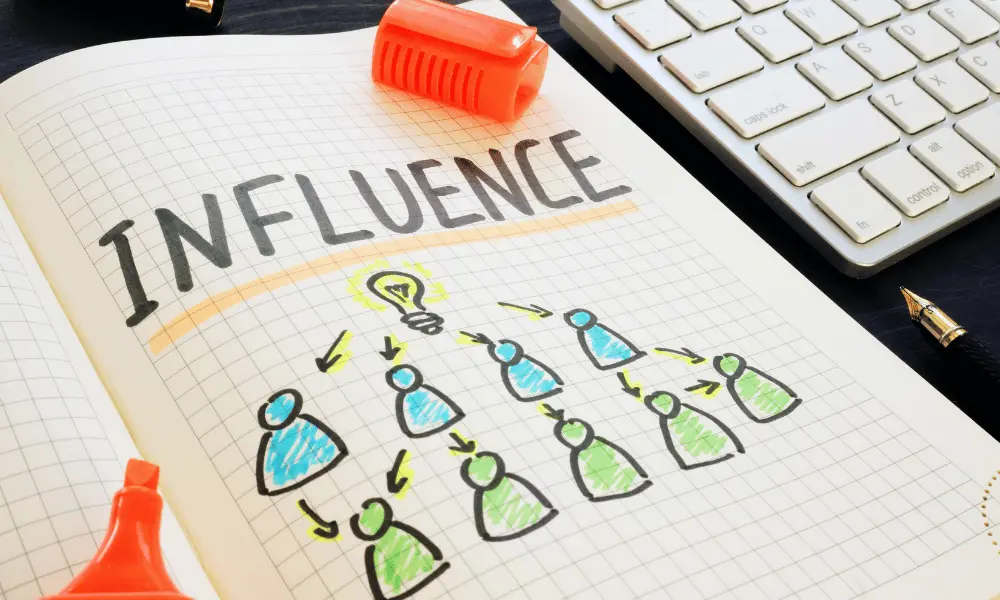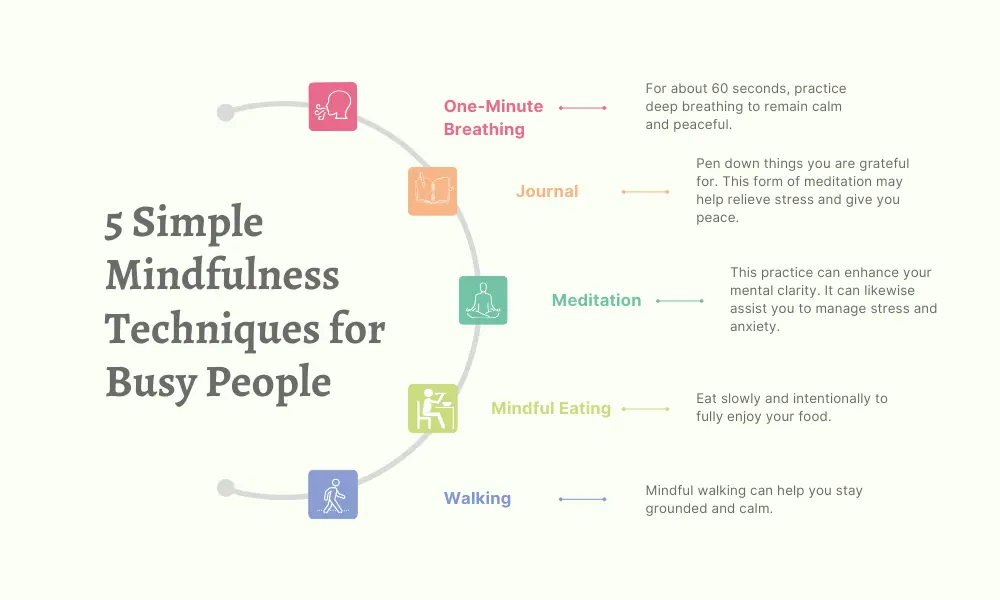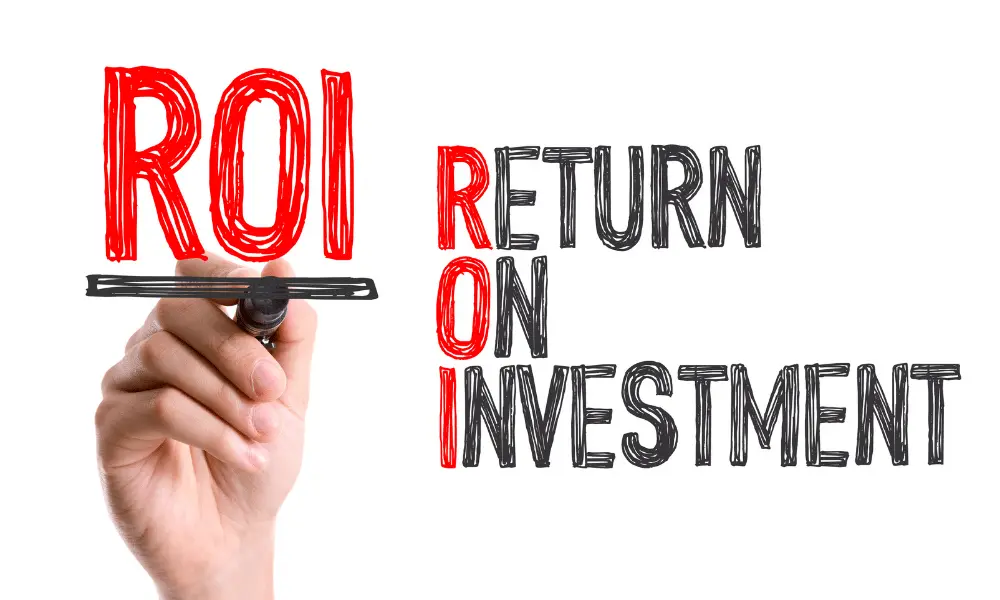In today’s world, work days are accompanied by stress and burnout. The daily demands of our job can lead us low productivity and poor mental health.
Combining meditation and mindful work can combat workplace stress. This blog post will consider how it does so. It will also consider simple exercises and the benefits of applying mindfulness at work.
How Mindfulness Meditation Influences the Workplace

Employees are at their breaking point. According to a certain survey, almost half of employees feel stressed and are unable to maintain a work life balance. A report made by Gallup states that 23% of employees very often feel burnout at work.
However, mindfulness has been linked to employee health because it supports successful work cultures.
Mindfulness – What It Means and How It Applies to Work
Mindfulness means present in the moment. It’s like you’re asking yourself, “where is my mind?”. Our thoughts may race and leave us feeling worried and disengaged. Mindfulness helps to bring our thoughts back to the present so we enjoy peace in our mind and body.
By training ourselves to be present in the moment, mindfulness can help us choose our action wisely, even when we are stressed. It allows employees to keep an open and curious mind. It also teaches the skill of responding instead of reacting. In addition, it helps employees build healthy habits that cultivate creativity.
Research has shown that meditation and mindful work can increase productivity. It helps employees develop self-awareness and self-regulation. Furthermore, it can improve cognitive function, giving employees the ability to be effective and efficient in getting tasks done.
The science behind mindfulness: Key statistics and studies
Research has discovered that mindfulness can alter the brain’s fight or flight mechanism. Thus, it helps to regulate negative health issues like anxiety, poor sleep and others. Mindfulness can rewire our brain in such a way that we do not react to stress in harmful way.
Recent MRI data found out that meditation and mindfulness practice can reduce grey matter in brain areas, thereby regulating stress. Studies have also shown that the practice can increase grey matter in the part of the brain that governs problem-solving functions.
One study showed that meditation can lower anxiety and depression. As a result of this, many companies are recommending mindfulness. In the United Kingdom, it is estimated that about 30% of GPs refer their patients to mindfulness training.
Eamon Dolan’s insights on mindful leadership
According to the book Mindful Work, David Gelles explains that leading companies are integrating mindfulness practices among workers to foster their health.
His revelatory book picks up where bestsellers leave off. He goes further to explain the profound impact of mindfulness on the world of work. The New York Times reporter states that leaders are discovering that meditation may be the key to fostering a happier and more productive workplace.
“Mindfulness in the workplace is a real trend. Only a few people are well equipped to explain it as David Gelles” – Ried Hoffman, LinkedIn
“Gelles deftly shows the power of mindfulness to change individuals and businesses for the better” – Marc Benioff, Chairman of Salesforce
“His book offers insights and takes us to the front lines of a revolution that is transforming the business world” – Arianna, author of Thrive.
5 Simple Mindfulness Techniques for Busy People

Here are a few techniques to become more mindful:
- One-Minute Breathing: For about 60 seconds, practice deep breathing to remain calm and peaceful.
- Journal: Pen down things you are grateful for. This form of meditation may help relieve stress and give you peace.
- Meditation: This practice can enhance your mental clarity. It can likewise assist you to manage stress and anxiety.
- Mindful Eating: Eat slowly and intentionally to fully enjoy your food.
- Walking: Mindful walking can help you stay grounded and calm.
One-minute breathing exercise for calm
- Find a peaceful and comfortable place that will not pose any disturbance during the exercise.
- Get yourself positioned comfortably. Sitting, standing, kneeling or lying down can work. However, for a busy bee like you, sitting may be preferred.
- Close your eyes (this is optional). Inhale and exhale and release tension from your body.
- Bring attention to your breath anytime your mind wanders
- Open your eyes gently after one minute.
Mindful Eating: Bring Meditation To Your Plate
Mindful eating helps improve digestion and reduce overeating. Follow these steps to eat mindfully:
- Pay attention to the experience of eating
- Notice carefully the texture and flavor of the food.
- Eat slowly and intentionally
The “STOP” Method For Refocusing During Hectic Days
This means: Stop, Take a breath, Observe and Proceed. In other words, stop for a moment and take a breath. As you do, observe the sensations rising in your mind and then you can go about your day.
Employing Mindfulness Programs in Your Business

The benefits of this practice have been seen to improve focus, manage emotions and increase productivity. Mindfulness practice is now a vital development in many Fortune 500 Companies like Google, Nike, Aetna and Apple.
Case studies: Companies succeeding with mindfulness at work
Aetna: In the book Mindful Work, David Gelles explained that since Aetna introduced mindfulness programs, they have seen an improvement in productivity. For instance, productivity improvement valued at approximately $3,000 per employee. This is about 11:1 ROI. Furthermore, they experienced a decrease in employee stress and healthcare costs.
SAP: A leading enterprise software company, SAP, also introduced mindfulness training classes in 2013. The course has now developed into a 2-day seminar that is available to branches over the world. Since the implementation of mindfulness, SAP reports that more than 7,000 of its employees have attended the class. Additionally, the program has improved employee’s wellbeing and reduced stress.
A famous search engine company integrated mindful meditation practices into its culture. The result was that it experienced increased creativity and innovation. Another company introduced mindfulness to its workspace. That mindfulness movement resulted in a decline in executive stress levels and a rise in team work.
How to introduce mindfulness to skeptical colleagues
- Try to understand why your colleagues are skeptical about it. Could it be they don’t know how it works? Could it be they don’t know it’s beneficial? Acknowledge their reasons and empathize with them.
- Share practical benefits of meditation and mindful work that can resonate with them. Include benefits like improved concentration, job satisfaction, and productivity. You can even share the personal benefits of the practice to make it relatable.
- Let them see how the practice has benefited you. Show how it has helped you stay calm even when you are stressed. In other words, they should see the benefits in action.
- Help them with resources so they can learn about the practice on their own. Recommend books, apps, videos or local courses that can encourage them to practice without pressure.
- Organize mindfulness sessions or workshops in your workspace. There, you can address questions or concerns that arise and offer additional assistance to them when needed.
Measuring the ROI of workplace mindfulness initiatives

Research conducted by Aetna Insurance found that mindfulness training had the following results:
- Additional productivity per week (about 62 extra minutes)
- $3000 increased value per employee
- 7% reduction in costs of health care
SAP also reported a 200% ROI for mindfulness training including:
- Decreased stress and employee absenteeism
- Improvements in focus and collaboration
- Increased employee engagement
Research conducted in the UK’s Mindfulness Initiative observed that:
- Leaders who practiced mindfulness experienced decreased emotional exhaustion and better work-life balance.
- A meta-analysis of clinical research studies discovered that mindfulness training helped in treating anxiety and depression.
- Reduced stress leads to increased creativity which is crucial for business success.
- 45 workplace mindfulness studies have led to improved working relationships, collaboration, and resilience.
- Reduced reactivity to emotional stimuli
The Tangible Benefits of Meditation for Employees and Employers

The implementation of mindfulness in the workspace has helped improve work performance, personal relationships, and health. Here are tangle benefits of engaging in such practice:
Stress reduction and improved mental health
The Stanford University School of Medicine conducted a study. The result reveals how meditation reduces stress-related symptoms and improve mental health. Research has shown that the practice of meditation can reduce work-related stress.
Additionally, meditation practice helps us develop emotional regulation so we can navigate problems with composure.
Improves Focus and Creativity
Research found that meditation can cause changes in brain regions involved in memory and learning. Therefore, it can help you sustain attention and decrease distractions. Mindfulness lowers stress and increases mental focus.
Furthermore, practicing mindfulness meditation can enhance creativity and problem-solving skills. It can increase one’s insight into certain problems and reduce cognitive rigidity. The more a person meditates, the more open they are to new and creative ideas.
Better team communication and conflict resolution
Using meditation leads to improvements in communication and work relationships. As a matter of fact, studies show that those who meditate show more acceptance towards others and work to resolve conflicts. They tend to become more emotionally intelligent than those who don’t use meditation.
The Future of Mindfulness at Work

How employees successfully harness its potential depends on how they understand the practice. Mindfulness goes beyond cultivating an individual skill. It is a metacognitive practice that involves coming together to monitor one’s mental activity.
Although mindfulness helps businesses thrive, it should be linked to expertise in specific situations. It should encourage employees and employers to practice mindfulness together. Conducive spaces should be provided for the practice. Training and workshops should also be held on a regular basis to keep workers abreast with current meditation techniques and trends of the practice.
How Do You Know Mindfulness Works at Work?
You won’t see statistics for your progress when you practice mindfulness the way you’d see if you were working out. But you can know if it’s working if you ask yourself a series of questions about your current experience every day. After an initial assessment, come back to the questions and see if things have changed since the last time you asked. You can start with these few:
- Am I now less reactive or more reactive to stress at work?
- Am I becoming aware of my wandering mind?
- Do I rush less often or become aware of it more quickly?
- Am I more aware of my speech?
- Am I more open and concentrated at work?
Ways Mindfulness Improves Strategic Thinking
Mindfulness helps to create space for innovation. With mindfulness and meditation, you can notice how your mind reacts to thoughts, sensations and information.
Mindfulness can help you develop generative thinking. In the sense that, it can help you with the ability to take a step out of the internal storyline and shift viewpoints. You will be able to identify ways to respond to a problem or to create an opportunity.
Also, mindfulness may help you consider all values, assumptions and factors necessary for making good decisions. For mindfulness to improve strategic thinking, you will need to:
- Take mindful moments to recharge yourself when you are stressed
- Visualize positive outcomes
- Explore alternative scenarios
Mindful Leaders: Transforming Company Culture from the Top Down

Aspiring to be a mindful leader and embracing mindful leadership can be a transformative change for your company. However, there are certain characteristics that needs to be developed to ensure a successful team work.
Characteristics of Mindful Leaders
- Lead by example: Mindful leaders to not just expect others to do what they are no willing to do. They are aware that their attitude and behavior can influence their company culture.
- Appreciate and recognize: Frequent appreciation is needed to balance negative feedback your team members receive. Recognizing your team members’ effort motivates them to be loyal and committed.
- Humility: A mindful leader recognizes his strengths and weaknesses. He has the courage to ask for assistance and is open to receive feedback from others. He doesn’t blame others when tasks are not carried out.
- Good communication: A mindful leader openly communicates with others. He uses good choice of words and is compassionate towards others.
- Emotionally balanced: As a mindful leader, you should become aware of your feelings and reflect on your actions. Instead of acting based on emotion, you should develop emotional intelligence.
How mindfulness improves decision-making and emotional intelligence
Mindfulness can help you become proactive and identify when decisions needs to be made. It can also help you gather the required information needed to facilitate the decision-making process. Mindfulness can help you examine and quantify any available options so you can choose the best pick. It increases awareness which helps mindful people to learn the right lessons from experience.
In addition, mindfulness practice can make you cultivate compassion and empathy (for yourself and others). With it, you are able to identify emotional trigger and manage such emotions effectively.
Training programs for developing mindful leadership skills
- University of Virginia Mindful Leadership Program (8 weekly program with 45-minute webinars)
- Mindful Leadership Training Program by Spirit Rock
- TSD Mindfulness
- The Institute for Organizational Science and Mindfulness
- Caliente Leadership
- Transformation Academy
Meditation and mindful work is necessary for professional and personal success. Whether you are an employer or an employee, start your mindfulness journey and see how things turn out for you.
Frequently Asked Questions(FAQ’s)
A mindful leader is present, receptive and non-judgmental of others. He stays focused on solving problems and inspires others to be present too.
Some have found that body scan meditation and walking meditation help.
If you can be present in the moment at work, there’s no problem with it. It seems you’re on the great path.
You can use reminders and try to approach each task at time instead of multitasking. Express gratitude and engage in short exercises.
Researchers found that meditation reduced stress and anxiety. Results like this make mindfulness a perfect activity for a work environment.
(1) when you pause and actively listen to what others are saying (2) when you think before you speak



